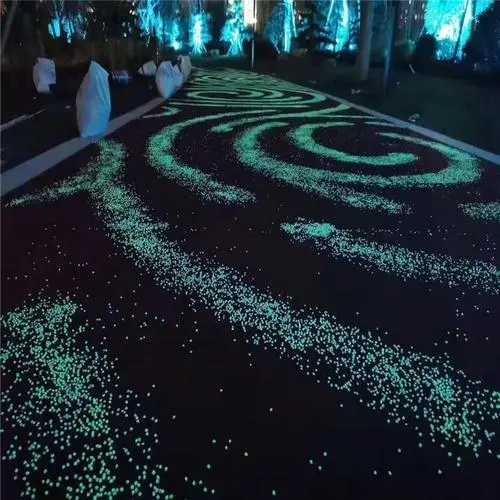
Properties and Applications of Lightweight Perlite Concrete for Sustainable Construction Solutions
Perlite Concrete A Versatile Construction Material
Perlite concrete is an innovative construction material that incorporates perlite, a volcanic glass that expands when heated, into a concrete mix. This blend offers a variety of benefits that make it a preferred choice for various construction applications, particularly in lightweight structural elements. As the construction industry continues to seek sustainable and efficient materials, perlite concrete has emerged as a viable alternative to traditional concrete.
Composition and Properties
Perlite concrete is composed of perlite aggregate, cement, water, and sometimes additives. The unique property of perlite lies in its ability to expand to many times its original volume when subjected to high temperatures. This expansion results in a lightweight aggregate that dramatically reduces the weight of the concrete mix. The density of perlite concrete typically ranges from 30 to 50% less than that of regular concrete, making it a suitable option for applications where minimizing weight is critical, such as in the construction of high-rise buildings, roofs, and precast panels.
In addition to being lightweight, perlite concrete exhibits excellent thermal and acoustic insulation properties. The air pockets created by the expanded perlite contribute to lower thermal conductivity, helping to regulate indoor temperatures and reduce energy costs for heating and cooling. Furthermore, these properties also enhance sound insulation, making perlite concrete an ideal choice for residential and commercial structures where noise reduction is desired.
Benefits of Perlite Concrete
1. Lightweight Nature As mentioned, one of the primary advantages of perlite concrete is its lightweight nature. This characteristic allows for easier handling and transport, reducing labor costs and equipment requirements. Additionally, it's an excellent solution for projects that require weight reductions in structural elements, such as roof systems and wall panels.
perlite concrete

2. Fire Resistance Perlite is naturally fire-resistant, making perlite concrete a safe choice for construction. It can withstand high temperatures without losing its structural integrity, providing additional protection in fire-prone areas and contributing to overall building safety.
3. Sustainability With an increasing focus on sustainable construction practices, perlite concrete stands out as an eco-friendly material. Perlite is abundant and relatively inexpensive, and its use in concrete can contribute to the recycling of industrial byproducts when used as aggregate. Furthermore, the insulation properties of perlite concrete can lead to energy savings over the lifespan of a building.
4. Versatility in Applications Perlite concrete can be used for a wide range of applications, including insulating concrete forms, roof deck insulation, lightweight fill, and as a base for flooring systems. Its versatility allows it to fit into various design specifications and meet different project requirements.
Challenges and Considerations
While perlite concrete offers numerous advantages, there are challenges to consider. The mix design requires careful planning to ensure optimal compressive strength and workability. It often necessitates the use of specific binding agents and additives to achieve desired performance characteristics. Additionally, depending on the project, ensuring the availability of quality perlite can be a challenge.
Conclusion
In conclusion, perlite concrete presents an innovative solution to many challenges faced by the construction industry. Its lightweight, fire-resistant, and insulating properties make it an attractive option for various building applications. As the demand for sustainable building materials grows, the popularity of perlite concrete is likely to increase, contributing to more energy-efficient and environmentally friendly construction practices. By understanding and leveraging the benefits of perlite concrete, architects and builders can create structures that meet modern demands without compromising on safety or performance.
Share
-
Premium Pigment Supplier Custom Solutions & Bulk OrdersNewsMay.30,2025
-
Top China Slag Fly Ash Manufacturer OEM Factory SolutionsNewsMay.30,2025
-
Natural Lava Rock & Pumice for Landscaping Durable Volcanic SolutionsNewsMay.30,2025
-
Custom Micro Silica Fume Powder Manufacturers High-Purity SolutionsNewsMay.29,2025
-
Custom Mica Powder Pigment Manufacturers Vibrant Colors & Bulk OrdersNewsMay.29,2025
-
Custom Micro Silica Fume Powder Manufacturers Premium QualityNewsMay.29,2025






